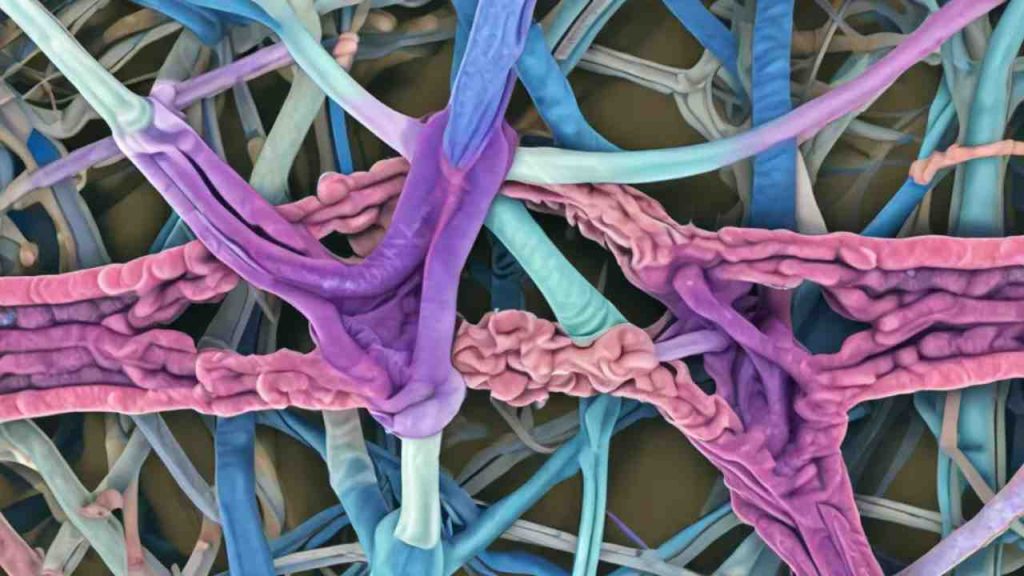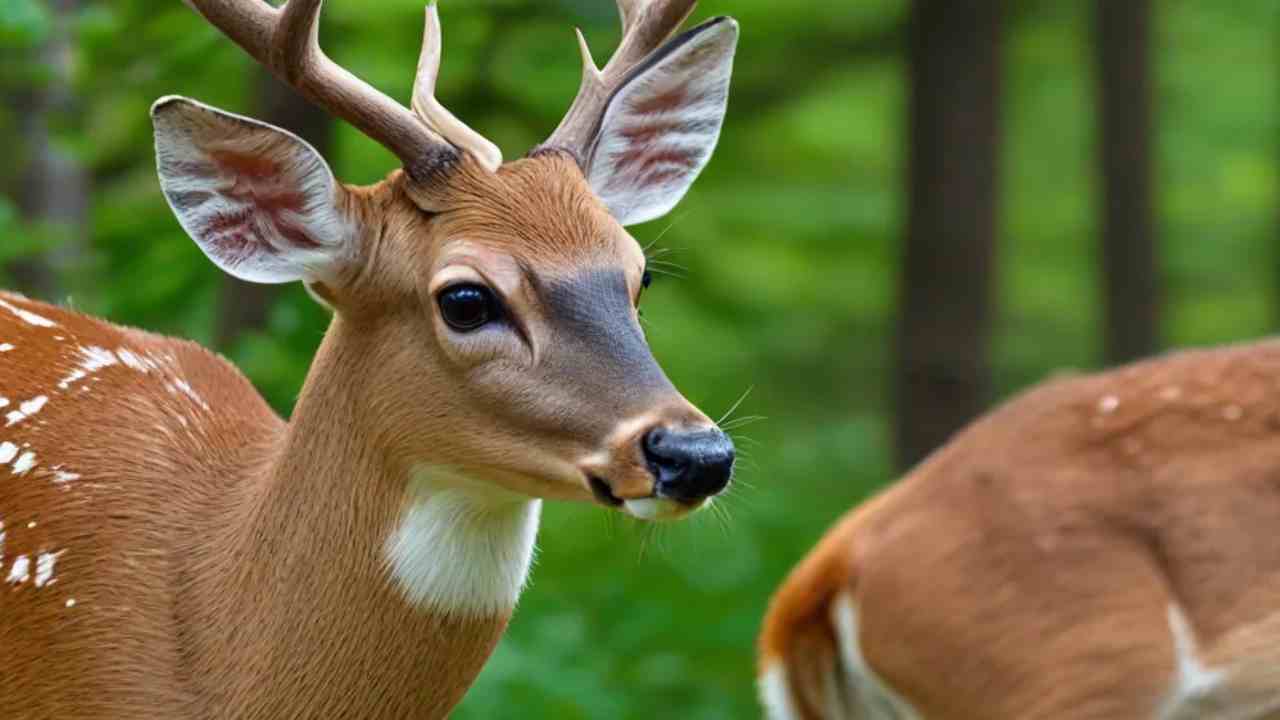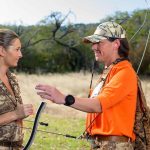Earlier this year, startling news raised eyebrows among hunting fans and deer meat lovers. Was there a connection between Chronic Wasting Disease (CWD) in deer and an unusual human ailment called prion disease? This piece takes you through what science says about CWD’s spread and how to enjoy deer meat safely.
Key Takeaways:
- Some recent news may have overstated the connection between Chronic Wasting Disease (CWD) found in deer and prion disease in humans.
- CWD is a real problem for deer. But, there’s no proof yet that it can spread to humans.
- A study looking at human brain samples showed no traces of CWD infection. This adds to the evidence of its low risk for humans.
- Deer hunters and those who enjoy venison, fear not! Usual safety steps for handling and cooking your meat, like correct temperatures, help keep away other possible harmful stuff.
What is Chronic Wasting Disease (CWD)?
CWD is a type of prion disease. It impacts animals like deer, elk, and similar species. Prions are proteins that have changed shape in a destructive way. They can harm the brain, causing steady mental decline and ultimately, death. CWD shares similarities with Creutzfeldt-Jakob disease (CJD) in people. Yet, no direct transmission between these two diseases across species is known to date.

Comparison of CWD and CJD
| Feature | Chronic Wasting Disease (CWD) | Creutzfeldt-Jakob Disease (CJD) |
|---|---|---|
| Species Affected | Deer, elk, and other cervids | Humans |
| Transmission | Primarily horizontal (between animals) | Primarily sporadic (spontaneous) or genetic |
| Symptoms | Weight loss, tremors, ataxia (loss of coordination), drooping head posture | Dementia, memory loss, muscle weakness, vision problems |
Unproven Link to Human Disease
So, you know, experts at the University of Texas Health Science Center at San Antonio hinted there might be a tie between CWD and human CJD in two hunters. But guess what? The scientific folks aren’t entirely on board with this yet. Guess who else isn’t convinced? That’s right, the Centers for Disease Control and Prevention (CDC) and a few other squads. They’ve all been loud and clear about the absence of support for CWD affecting humans.

New Research Offers Reassurance
The National Institute of Allergy and Infectious Diseases (NIAID) recently published a study. They used human brain organoids that were grown in a lab to look at CWD transmission. These organoids can get human CJD prions. However, when they were exposed to CWD prions from deer and elk, they did not show any signs of infection. We can’t totally exclude the chance of a species jump in the future, but it looks like there is a low risk of CWD being transferred to humans based on current research.
Safe Venison Consumption Practices
Even with the small chance of CWD being passed on, clean ways of handling and cooking are key when eating venison safely. Always cook venison well, till its insides reach 160°F (71°C). This step kills any possible bacteria or parasites.
Safe Handling and Cooking Tips for Venison
| Step | Description |
|---|---|
| Field Dressing | Wear gloves and avoid contact with brain and spinal cord tissues. |
| Cooling | Cool venison quickly to an internal temperature below 40°F (4°C) within 24 hours. |
| Butchering | Use dedicated sharp knives and equipment for venison processing. |
| Cooking | Cook venison to an internal temperature of 160°F (71°C) as measured by a food thermometer. |
| Freezing | Frozen venison can be stored safely for extended periods. |
Conclusion
Ongoing studies are vital, yet no solid scientific agreement exists now that supports CWD passing to humans. Deer hunters and those who love venison can keep savoring their meals. Just make sure to handle and cook it the safe way.
- 2025 Connecticut Hunting: New Season Dates, Licenses & More! - May 15, 2025
- 2025 Arkansas Hunting Season New Dates & Rules - May 14, 2025
- 2025 Texas Hunting Season: Latest Dates & New Laws! - March 14, 2025




